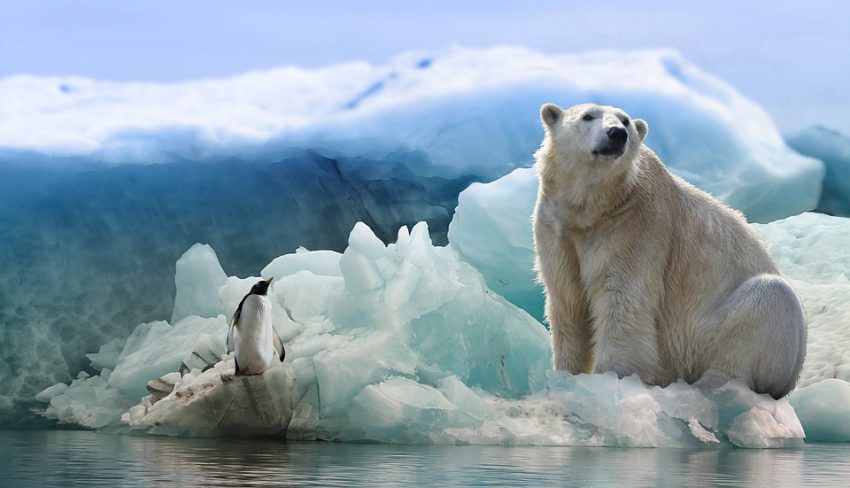The Arctic region is a place of extremes, with long, dark winters and harsh, frigid temperatures. Yet, despite these challenges, a diverse array of animals have adapted to this harsh environment and thrive in the ice and snow. In this blog, we will explore some of the fascinating creatures that call the Arctic home.
Adaptations for Survival
Living in the Arctic requires particular adaptations that allow animals to survive in extreme conditions. Many animals have thick fur or fat to insulate them from the cold, while others have adapted to the low light levels by having larger eyes or a keen sense of smell. For example, the Arctic fox has a thick coat of fur that changes color from brown to white in the winter to blend in with the snow. They can also survive on a diet of lemmings, which are small rodents abundant in the tundra.
Another animal that has adapted to the Arctic is the polar bear. Polar bears are the largest land predator in the world, and they have several adaptations that allow them to thrive in this harsh environment. Their thick layer of fat helps them stay warm in the cold, while their large paws act like snowshoes to help them walk on the ice. They are also excellent swimmers and can swim long distances to find food.
Majestic Marine Mammals
The Arctic is also home to several species of marine mammals, including whales, seals, and walruses. These animals have adapted to life in the frigid waters of the Arctic Ocean and rely on the sea ice for survival.
One of the most iconic Arctic animals is the beluga whale. Beluga whales are known for their distinctive white color and can be found in the coastal waters of the Arctic. They are also known as the “sea canary” because of their high-pitched vocalizations.
Another species of whale that calls the Arctic home is the narwhal. Narwhals are known for their long, spiral tusks, which can grow up to 10 feet long. These tusks are teeth that protrude from their upper jaws and are used for various purposes, including hunting and communication.
Seals are also an essential part of the Arctic ecosystem. Several species of seals can be found in the Arctic, including the ringed and bearded seals. These seals rely on the sea ice for survival, using it as a platform for resting and giving birth.

The Mighty Muskox
The muskox is another iconic Arctic animal known for its thick fur coat and impressive horns. Muskoxen are large and hairy animals well-adapted to the cold and windy conditions of the Arctic tundra. They have two layers of fur, which helps to insulate them from the cold, and their horns are used for defense against predators.
Muskoxen are also an important part of the Arctic ecosystem, providing food and shelter for various other animals, including wolves and Arctic foxes.

Threats to Arctic Animals
Despite their adaptations for survival, Arctic animals face various threats from climate change and human activity. As the Arctic continues to warm at an alarming rate, the sea ice is melting, making it harder for animals like polar bears and seals to find food and shelter. In addition, oil and gas exploration and commercial fishing are putting additional pressure on Arctic ecosystems.
Conservation efforts are underway to protect Arctic animals and their habitats. Governments, conservation organizations, and indigenous communities are working together to establish protected areas, regulate fishing and hunting, and reduce greenhouse gas emissions.
We need to recognize the importance of the Arctic ecosystem and the animals that call it home. By reducing our greenhouse gas emissions, protecting Arctic habitats, and regulating commercial activities, we can help ensure that these animals continue to survive and thrive in the future.
As we continue to learn more about the Arctic and its incredible wildlife, we can also gain a greater appreciation for the resiliency of these animals and the importance of preserving their habitats for generations to come.

